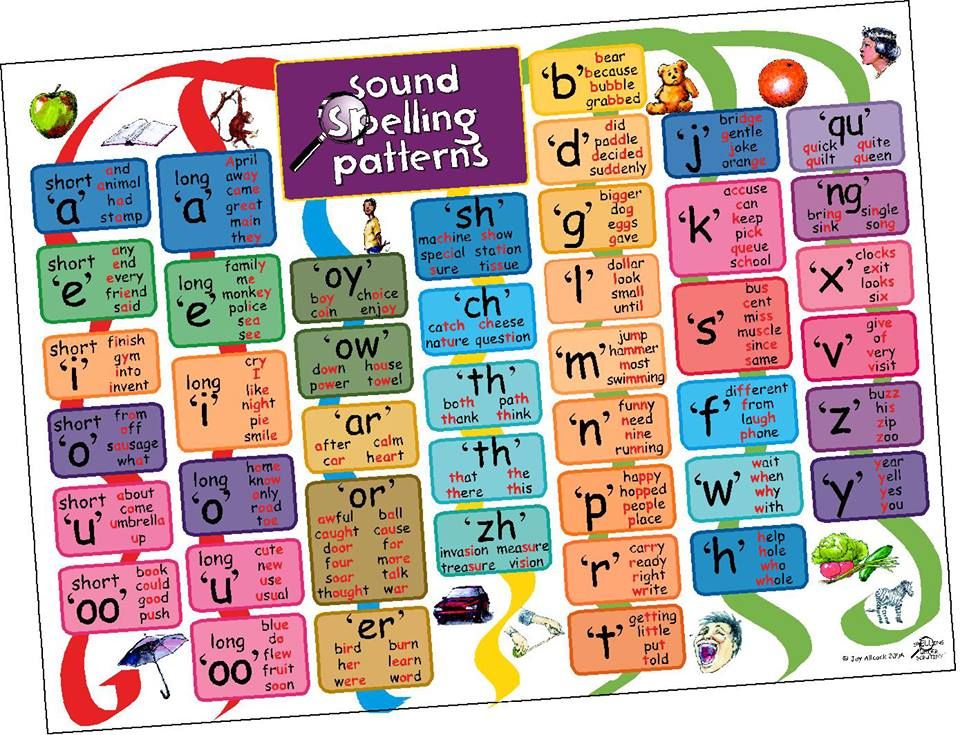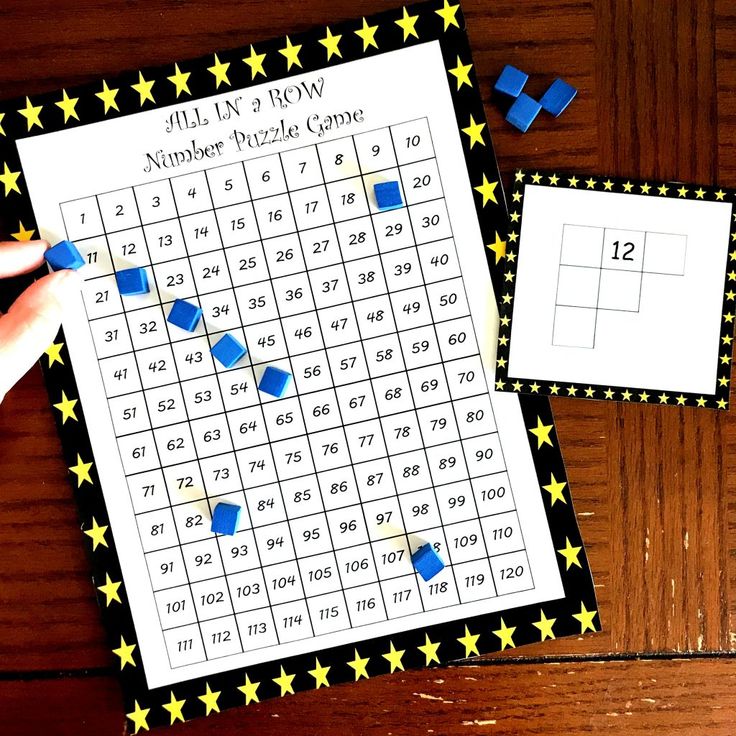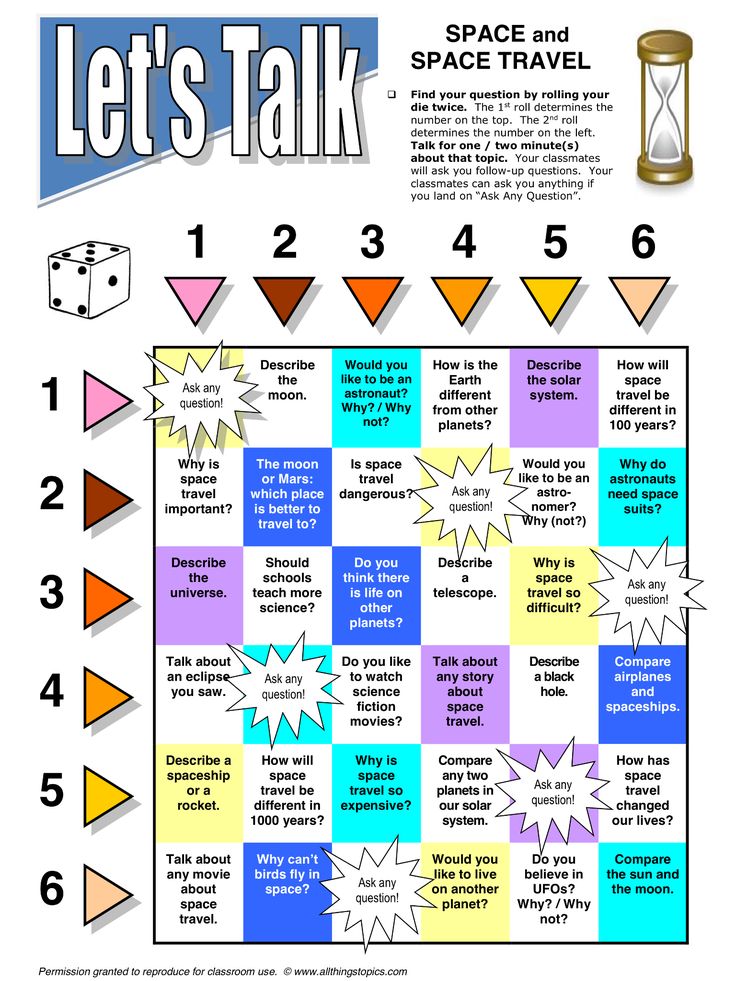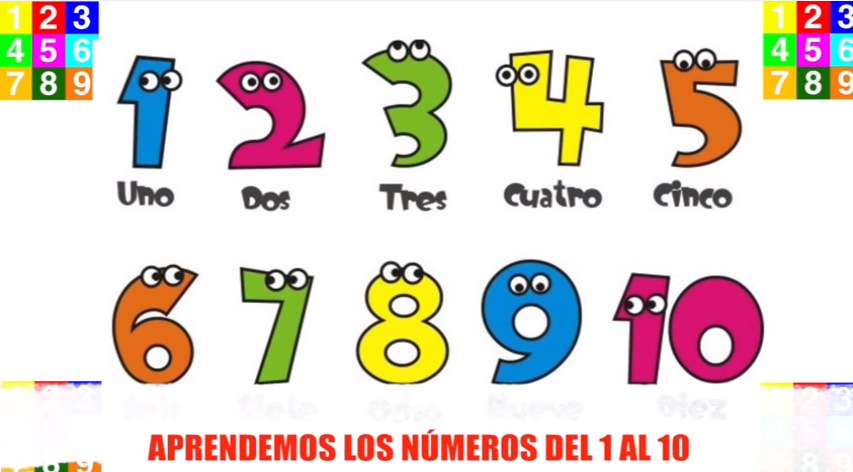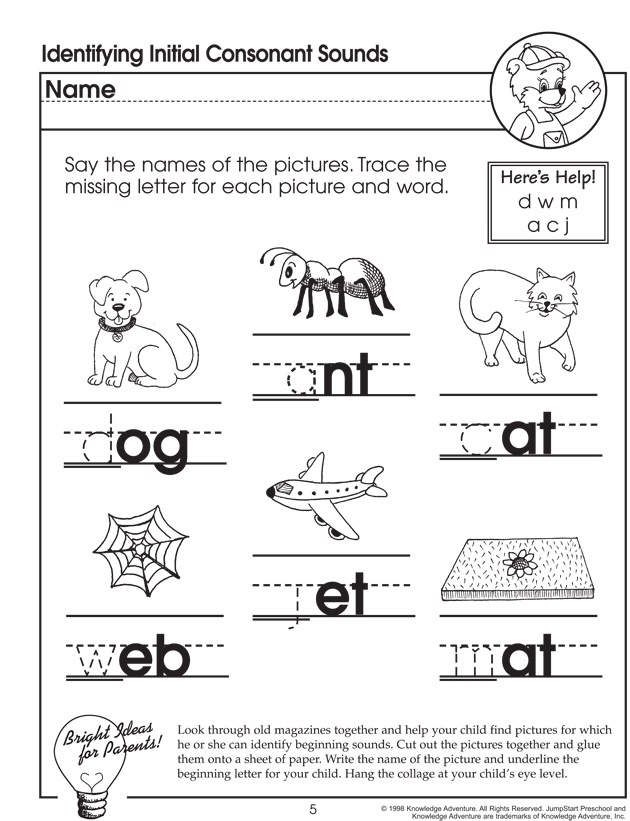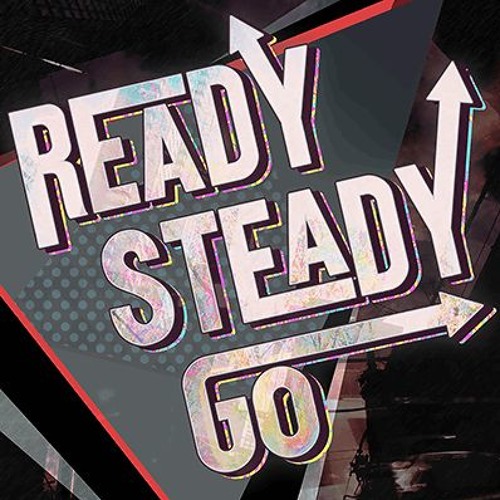How to teach a dyslexic child the alphabet
Hands On Activities for Teaching the Alphabet
Teaching kids the alphabet with multisensory activities is not only fun but way more effective. Here are some fun hands on activities for learning the alphabet that we think your kids will love!Teaching kids to read can be fun! In fact, the more fun your kids have, the quicker they learn. Begin by helping your kids become aware of letters and sounds by reading frequently. There is no substitute for a good chunk of reading time everyday.
Sing the alphabet song while cleaning, playing at the park or whenever you can slip it into your day.
When you are ready to begin teaching letter sounds, get a variety of hands on alphabet manipulatives. I have gathered a few here in this fabulous Amazon Widget. (These are affiliate links which means I earn a very small percentage of whatever you buy – thanks for supporting this site!)
Amazon.com Widgets
The Montessori Three Period Lesson is a good framework for teaching letters, sounds and numbers. I have a great appreciation for the Montessori Method because it is heavily hands-on in nature.
Naming Period
Place three letters on a table. I bought a nice set of Montessori letter and number cards here. Choose one letter (I start with lower case because they are more common in books) and model the process for your child before they begin. Have your child trace the letter with their index and middle fingers while making the letter sound.
This is /s/
This is /m/
This is /a/
In the naming period, I like to keep flash cards with the letters we’re working on around our school area and will occasionally and casually point out the cards and say “that is /s/, /m/ or /a/”.
Recognition and Association Period
Eventually you can move to the recognition and association period. Place the letter tiles your child is learning on the table and ask,
Show me /s/.
Where is /m/?
Can you find /a/?
Put the /s/ in your hand.
Hand me the /s/.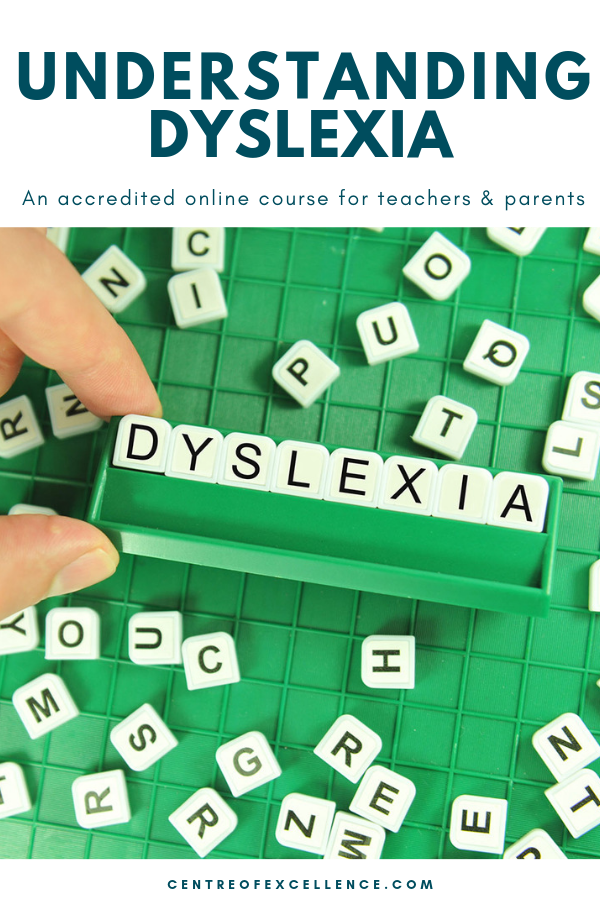
I ask our kids to trace them throughout this period if I feel they need more practice. Many sandpaper letters have arrows instructing the child where to start tracing and in which direction to trace. Pay attention to this. Definitely don’t want to start any bad habits here.
Recall Period
Place the objects, or sandpaper letters, in front of your child. This testing phase should only be used when you know your child knows the sounds fairly confidently.
What is this?
/s/
/m/
/a/
Repeat this sequence for each letter, using lowercase sandpaper cards, until you are done with the alphabet – then add the upper case cards.
In What Order Should Sounds be Taught?
It really doesn’t matter in which order you teach the letter sounds. Starting by learning the letters of the child’s name grabs their attention and makes their learning meaningful.
If you are working with a reading program such as our favorite, All About Reading, you can simply follow their lead and use their sequence.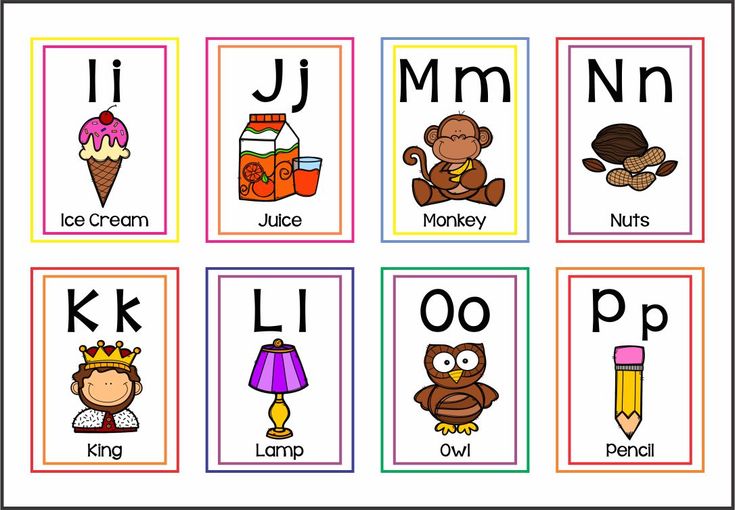 Most dyslexic kids will benefit from added hands on practice.
Most dyslexic kids will benefit from added hands on practice.
Hands On Activities for Teaching the Alphabet
Letter Hunt Sensory Bin from Gift of Curiosity
Letter Sounds Ice Sensory Play from Little Bins for Little Hands
Playful Ways to Learn With Montessori Alphabet Box from Stir the Wonder
I Spy Sensory Bags for Letters from Hands On As We Grow
Alphabet Monster Game from Little Family Fun
ABC Letter Stack Game from Stay at Home Educator
Trash Can Alphabet Review from Motherhood on a Dime
Fishing for Letters from First Palette
Watering and Alphabet Garden from Toddler Approved
Alphabet Running Game from Frugal Fun For Boys
Teach the Alphabet With Dough from Nurture Store
15 Activities With an Alphabet Puzzle Mat from Learners in Bloom
Multisensory Activities for Learning Letters from Octavia and Vicky
Noisy Letter Jump Phonics Game from The Imagination Tree
Driveway ABC Game from Creative Family Fun
Letter Sounds Race from Inspiration Laboratories
Alphabet Soup from Playdough to Plato
Sorting Baskets Phonics Activity from The Imagination Tree
Alphabet Fun Using Magnetic Letters from Fun-A-Day!
ABC Slam from Toddler Approved
I hope this post full of ideas will spark your mind to think of creative ways to learn in your home!
For more teaching tips and resources follow me on Pinterest.

The A to Z of Teaching Beginning Reading
All Children
Can Be Taught to ReadOne of the most exciting things to happen to your child between the time he enters kindergarten and the time he leaves the next spring is that he breaks the reading code. To do so he must solve the two parts of the reading puzzle: one involving spoken language, and the other involving written language.
To solve the first part of the puzzle, each would-be reader must begin to understand that spoken words come apart and that they are made up of very small bits of language. Once a child appreciates that spoken words can be pulled apart into distinct sounds, he is well on his way to solving the spoken language part of the code. For example, the word “sat” is made up of a sequence of sounds, represented by the letters, “s,” or the “ssss” sound, “a,” or the “aaaa” sound, and “t,” or the “t” sound.
Although awareness of sounds and letters is necessary for learning to read, children need practice in reading stories.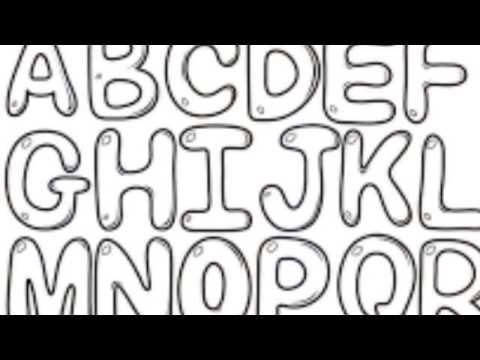 They need to apply their newly acquired skills to sounding out and decoding familar and less familar words, to reading words in sentences and in books, and to understanding the meaning of the word and the sentence.
They need to apply their newly acquired skills to sounding out and decoding familar and less familar words, to reading words in sentences and in books, and to understanding the meaning of the word and the sentence.
Practice. New brain imaging technology shows the powerful positive effect of practice in creating neural circuits related to the development of what scientists call expertise of skill. Basically, the brain learns through practice. After an introduction to the specific letter-sound relationships, the next critical step is for a child to practive the words, both in isolation and then in reading simple sentences and books. Reading silently and, especially, aloud help to improve accuracy. Writing and learning to spell them also contribute to establishing accurate representations of those words in his nerual circuitry.
Sight Words. Sometimes called irregular words since they don’t seem to follow a pattern and can’t be sounded out, these are words such as a, is, are, one, two, said, again, been, could, the, and once. Because these words occur very often and frequently in books, they must be committed to memory so that they can be recognized on sight. They need to become a part of a child’s reading vocabulary at a very early stage. Making flash cards and reviewing them regularly help a child learn these common words. Having him print his own card and say the word as he writes it often helps reinforce its pronunciation.
Because these words occur very often and frequently in books, they must be committed to memory so that they can be recognized on sight. They need to become a part of a child’s reading vocabulary at a very early stage. Making flash cards and reviewing them regularly help a child learn these common words. Having him print his own card and say the word as he writes it often helps reinforce its pronunciation.
Writing. Once children can write letters, no matter how poorly, they can engage in a variety of writing exercises that further encourages awareness of the sounds that make up words and of how letters represent these sounds. Writing out his own name and then other common words such as cat, mom, and dad reinforces that awareness.
Spelling. Spelling is intimately linked to reading not only because sounds are being linked to letters but because words are being encoded–literally put into code instead of merely being deciphered or decoded.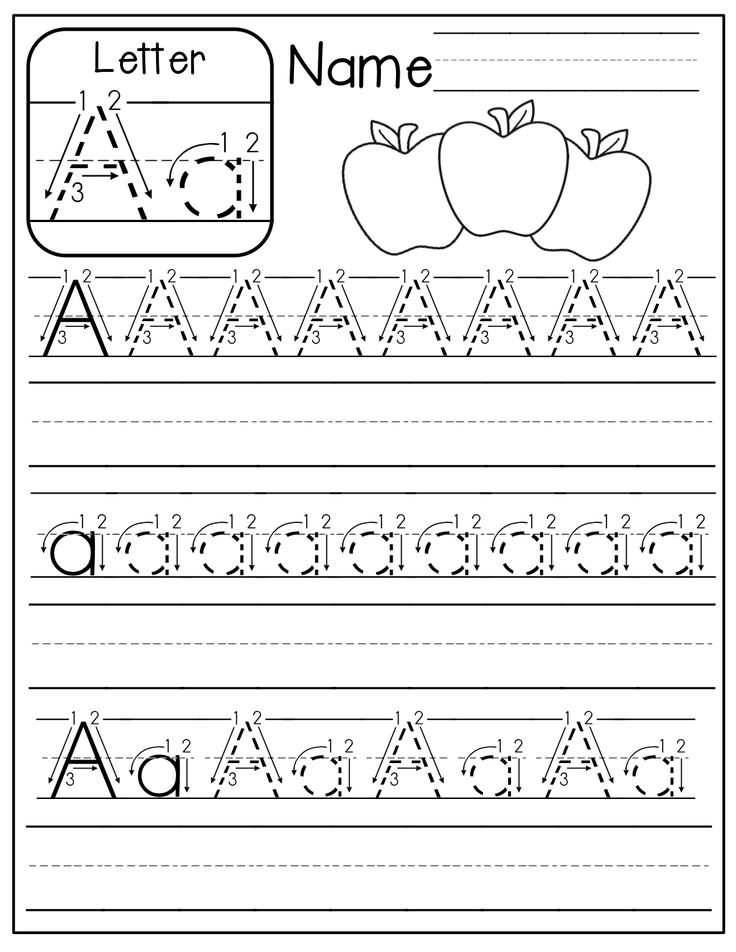 Invented spelling, or printing words based on the sounds children hear within the words, functions as a transitional step as kindergartners try their hand at matching letters to sounds. So, house may be spelled hws or kt for cat. A child may have the sounds down, but he may not have quite mastered the link between sounds and letters. In kindergarten that’s okay.
Invented spelling, or printing words based on the sounds children hear within the words, functions as a transitional step as kindergartners try their hand at matching letters to sounds. So, house may be spelled hws or kt for cat. A child may have the sounds down, but he may not have quite mastered the link between sounds and letters. In kindergarten that’s okay.
Listening, playing, and imagining. Whether at school or at home, being surrounded by books, listening to stories read aloud, talking about the characters and events in the story, and playing with blocks or puppets all help a child develop her thinking skills and her imagnination, build her vocabulary, and become aware of the world around her. As a child encounters an unfamiliar printed word, he tries out different pronunciations: Is the i in ink pronounced like the i in ice or like the i in it? If he knows the meaning of the word ink, he is more likely to prounounce it correctly.
The larger a child’s vocabulary, the more words he is going to be able to decipher and read. Consequently, it is never too early to introduce a child to new words and their meanings, which strengthen his neural model for each of the new words he encounters. Reading aloud to your child is a great way to enhance vocabulary, and has many other positive benefits for reading.
Self-confidence. This is probably the most important ingredient in ensuring that a child is ready to read and is setting out on a good path. After all is said and done, the most significant development for your child as he leaves kindergarten is how he feels about himself. A critical role of the kindergarten experience is to ensure that every child achieves some degree of success in what he does, that he receives positive comments from his teacher, and that he is encouraged. That will keep him motivated to read.
Source: Overcoming Dyslexia
More information is available in the book by Dr.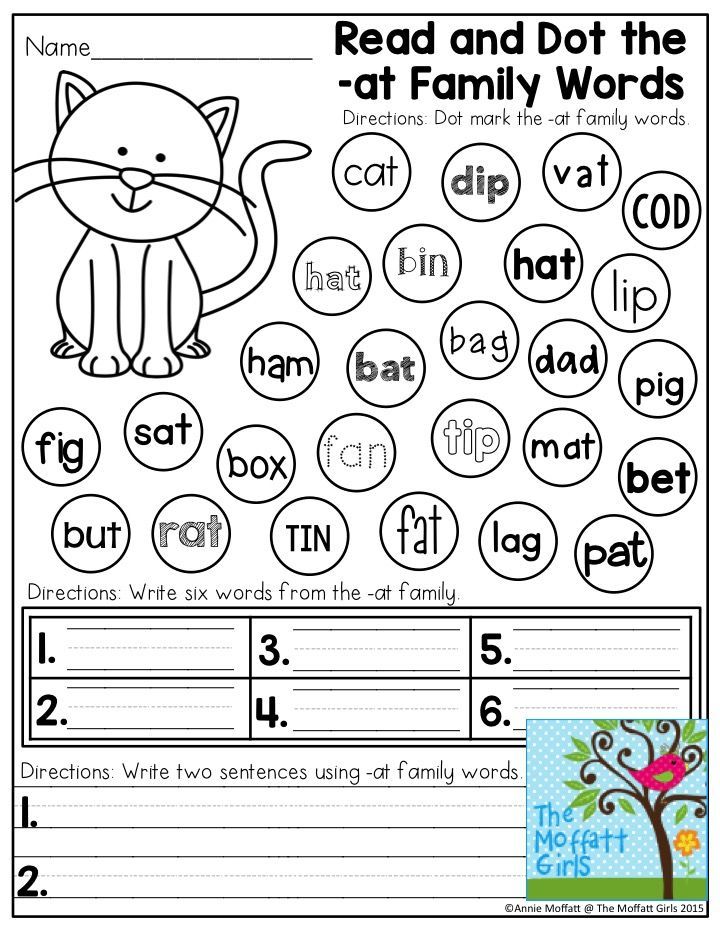 Sally Shaywitz, Overcoming Dyslexia.
Sally Shaywitz, Overcoming Dyslexia.
How to learn letters with a dyslexic child: recommendations and methods of work
If such a child is in a group or class, then it is not necessary to teach him separately. Properly structured language training is already a good help in solving a child's problems.
I know from experience that teaching the majority of students the strategies that work with dyslexia has a great effect on everyone. But the opposite action - learning in classical, programmatic ways may not be suitable for all normotypical children.
Therefore, knowing the strategies for "special" learning is always useful!
At the initial stage, simple memorization of letters can become a big stumbling block. Letters can be confused and mirrored. In addition, when it comes to memorizing a foreign alphabet, interference (a consequence of the influence of one language on another) can give both its pluses and minuses.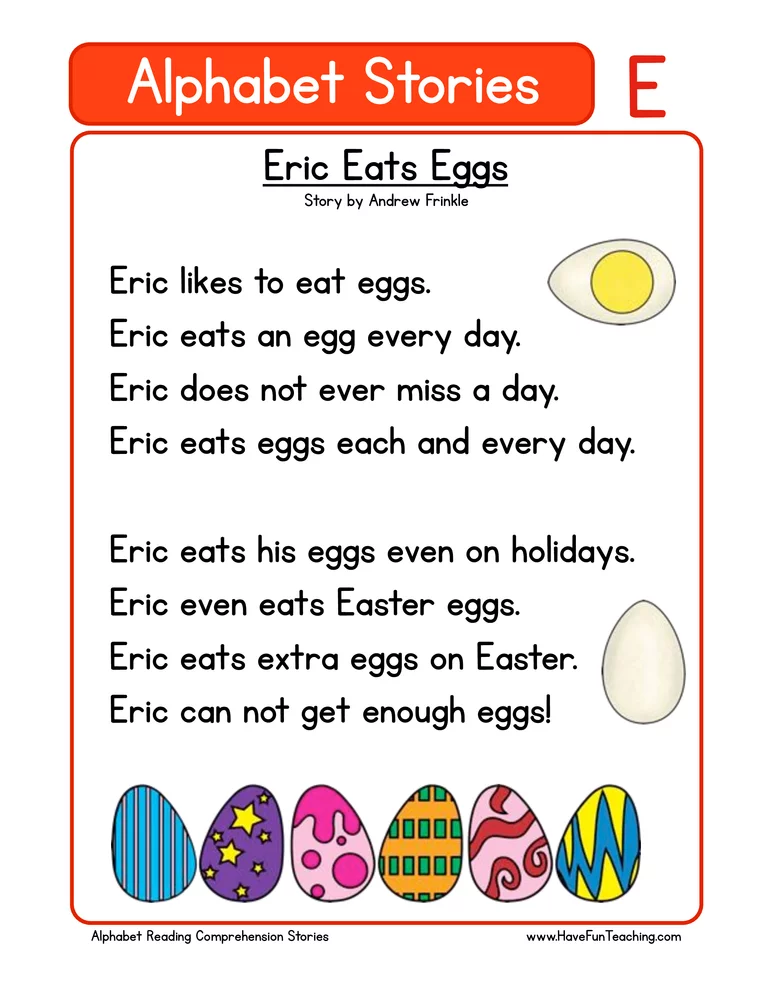
I will give specific examples.
The letter "P" in English is similar to the Russian "R". The child, relying on the knowledge he has, can confuse them. If his brain is difficult to switch, then such cases of similarity can interfere. However, it very often happens that the native language can become the support on which a new neural connection will be built. This happens, for example, with "O, K".
- do not use transcription at the first stages;
Don't be afraid to give it up. Experiments show that this facilitates the work of both the teacher and the student.
- study letters not in alphabetical order, but by the frequency of their use in the simplest words;
- is associated with the letter with the most frequent and simplest sound and name.
What other methods can we use if the child does not remember letters learned in this way?
You can turn to the multisensory or, as it is called in domestic works, the multimodal approach.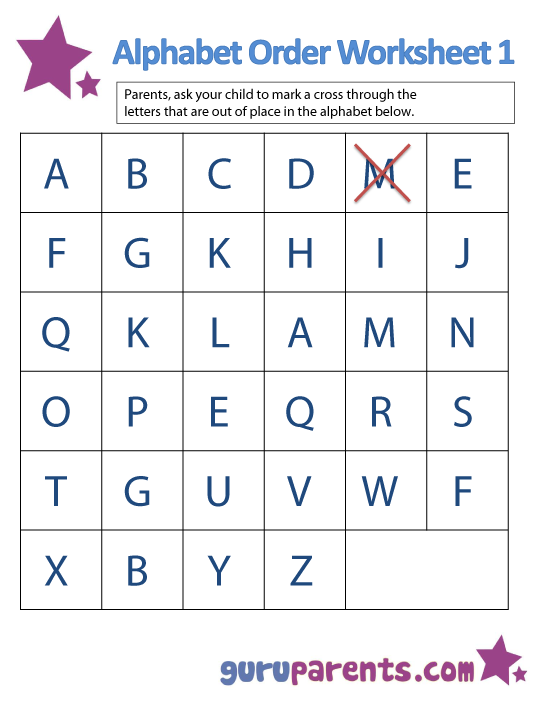 That is, the impact through all possible ways of perception.
That is, the impact through all possible ways of perception.
In the classical approach, the teacher usually uses the channels of visual and auditory perception in parallel with the use of motor skills and articulation - the letter can be spelled and pronounced.
But even this may not be enough. After all, the problem is often that new information is not automated.
A simple, even hundreds of times repeated, memorization in the same way either does not lead to a good stable result, or develops a negative pattern, which then will do a disservice.
- it is worth choosing the correct methods of memorization. Relearning is always harder than relearning.
- And it happens, unfortunately, that the student was retrained, and, in conditions of positive psycho-emotional support, uses, and in a stressful situation, a stable, initially formed sample returns.
As a result, to maintain and form a positive atmosphere in the classroom.
If there is no strength, then at least not provoke a negative one.
This is very important! Because the cognitive impact will give a result only on a positively charged stimulus. Can earn and on negatively charged. But what is this knowledge?
Each of us can remember some word or object that literally stuck in memory at the moment when the feeling of shame, pain or humiliation was experienced. But these are not our methods!
- Alphabet.
However, the presence of ready-made letters should not seem to reassure you. It is worth using other options that the child will do himself.
* Ready-made (purchased or self-made) letters of the alphabet should be different to the touch. Lowercase, uppercase, printed and capital letters can be soft or hard, plastic or wood.
*The child can touch them, trace them with a finger.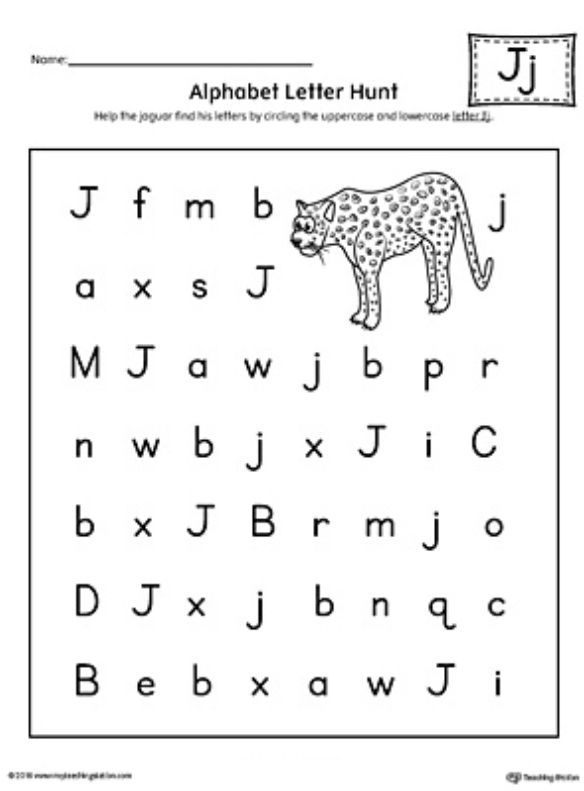 For example, letters from sandpaper with a very large fraction (that is, fine abrasive sandpaper) were also proposed by Maria Montessori. Her alphabet was glued onto a solid base. Enlarged, which we should not forget.
For example, letters from sandpaper with a very large fraction (that is, fine abrasive sandpaper) were also proposed by Maria Montessori. Her alphabet was glued onto a solid base. Enlarged, which we should not forget.
If one of the teachers has not yet seen the film "Stars on Earth", I definitely recommend watching it. I am sure that he will not leave you without impressions and some methodological notes.
Instead of sandpaper, you can also use velvet, corrugated paper. Glitters with glitter mixed with glue and contours on glass can also come in handy.
*The next option is three-dimensional letters that you can pick up. Feel from all sides, "understand" their location in space, subsequently closing your eyes.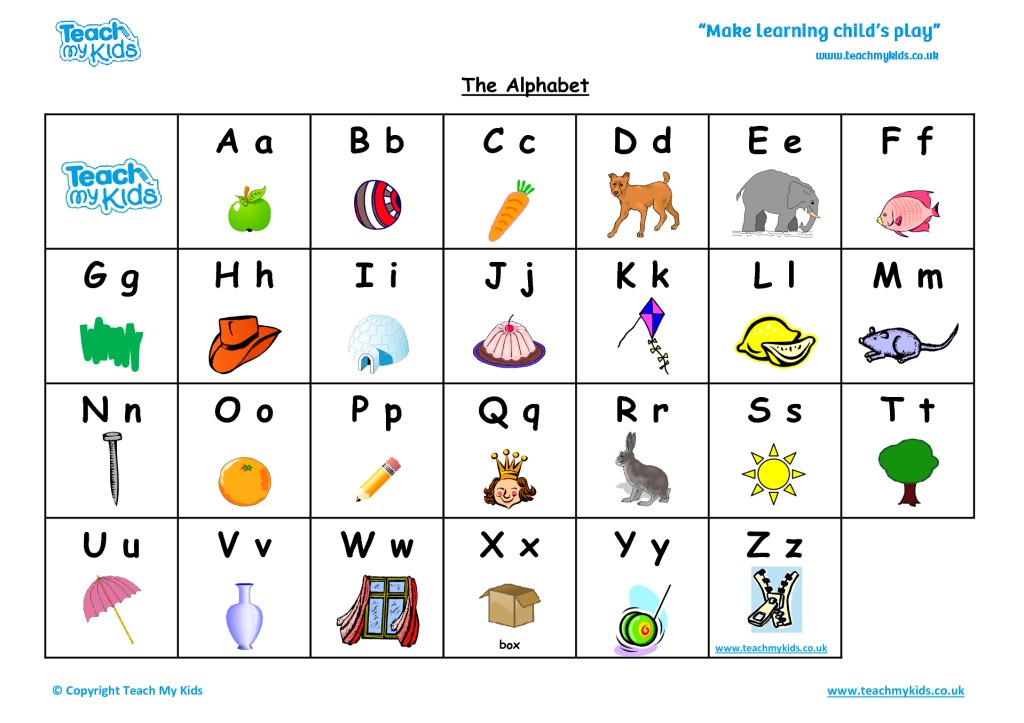
- Magic bag - children take out letters from an opaque bag and name them. If the bag is large enough, then the child can try to guess by putting both hands into it and not peeping.
* Guessing in silence . You will need to learn the letter and write it on the board. And all other participants check the correctness. We do the same with numbers and toys.
* Magnetic rod – magnetic letters are caught and named. The fishing rod is a children's toy. You can also write simply on the fish from the game kit.
* The letters are arranged in a chaotic manner around the classroom, the children find them in order. As before, it is possible with naming, it is possible without.
* Jumping through the alphabet, which is written out of order.
You can complicate it, for example, if the letter is surrounded by green circles, then clap your hands or, if your vocabulary allows, remember the name of the animal.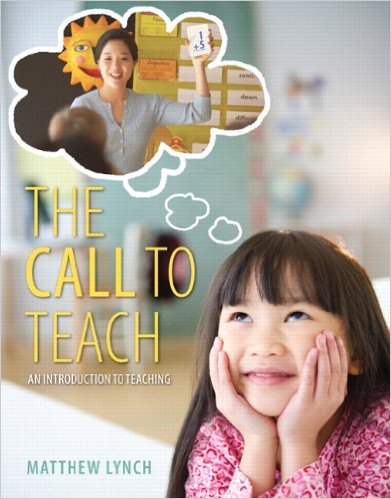
* Arranging or placing magnetic capital letters in alphabetical order (this is towards the end of the study) and attributing their lowercase sisters to them with a marker or chalk.
At the stage of learning the alphabet, I consider it very important to make it possible for children to look at a visual support. It can be a poster with the alphabet, placed so that the student has to run to it, returning to the board or table, keeping the right one in memory.
Also among self-made alphabet games, I really like the ones with clothespins and plates. You can do both for the entire alphabet, and for the most difficult, “sinking” letters.
As practice shows, all the above methods are very popular with the guys. This increases their motivation, improves their attitude to the subject, reduces anxiety. The effectiveness of training increases significantly.
Articles on the topic
- Peculiarities of teaching a "special" child a foreign language: the experience of mother and teacher
- Correcting optical dysgraphia in younger students: examples of game exercises students with learning difficulties
- 7 kinetic games in English lessons
- How can pedagogical anthropology help teachers?
Dyslexia - a disease or a norm.
 Corrective exercises
Corrective exercises Have you noticed that your child has more difficulty learning to read and write than others? He can't remember the alphabet and sits for hours to read a couple of words, and your efforts to fix the situation turn into a lot of stress for both of you? Chances are your child has dyslexia.
But don't despair. In this article, we will explain what this violation is and what to do to help your child learn to read and write on an equal basis with others.
Get comfortable and let's get started.
Is dyslexia a disease or a norm?
First, let's understand how the dyslexic brain works. You know that our brain consists of left and right hemispheres. The left is responsible for logic, language, speech, reading, numbers, consistency, rationality. And the right one is for imagination, intuition, feelings, images and spatial thinking.
Dyslexics have a more active right hemisphere and frontal lobe.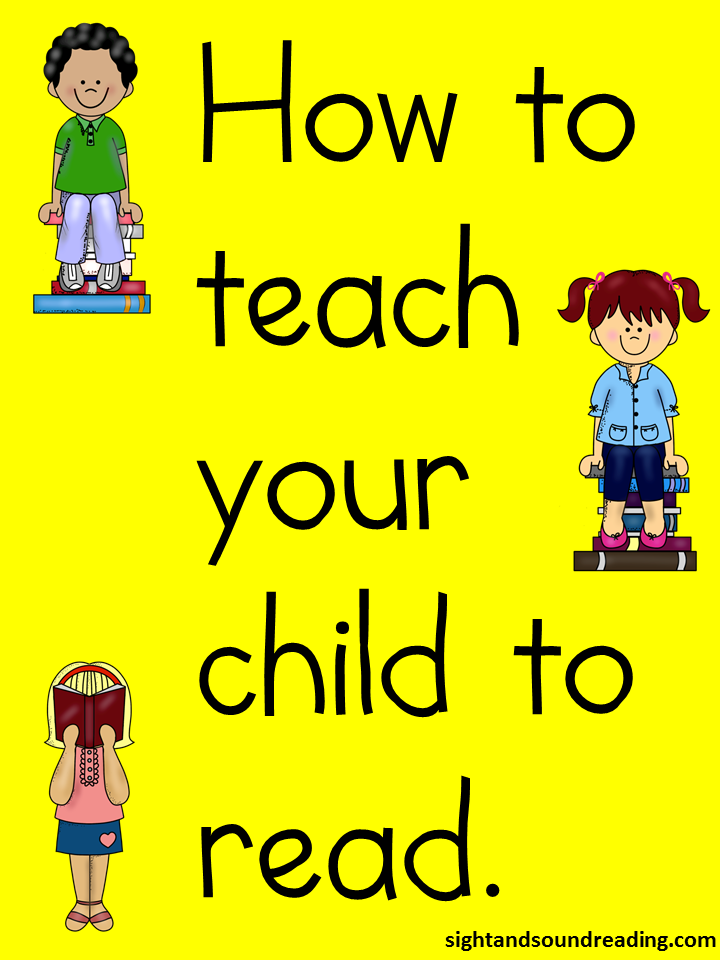 And when reading, it is more difficult for them to focus on the letters, link them into syllables and words, and understand the meaning of what they read.
And when reading, it is more difficult for them to focus on the letters, link them into syllables and words, and understand the meaning of what they read.
For such children, letters in words look like hooks and are remembered as pictures. That is, in order for a dyslexic to learn a word and attach a meaning to it, he needs to remember the picture from the hooks in great detail. And then he already guesses what might be written there. As a result, reading turns into torment and takes a lot of time and effort.
Is dyslexia normal? On the one hand, no. Because it interferes with normal development. But on the other hand, dyslexics are absolutely normal children who, outside the learning process, are no different from their peers. Their brains just work differently.
Moreover, it is among dyslexics that most of all geniuses and outstanding people are. As proof of this, such names as Marilyn Monroe, Albert Einstein, Walt Disney, Hans Christian Anderson, Vladimir Mayakovsky, Quentin Tarantino and several others.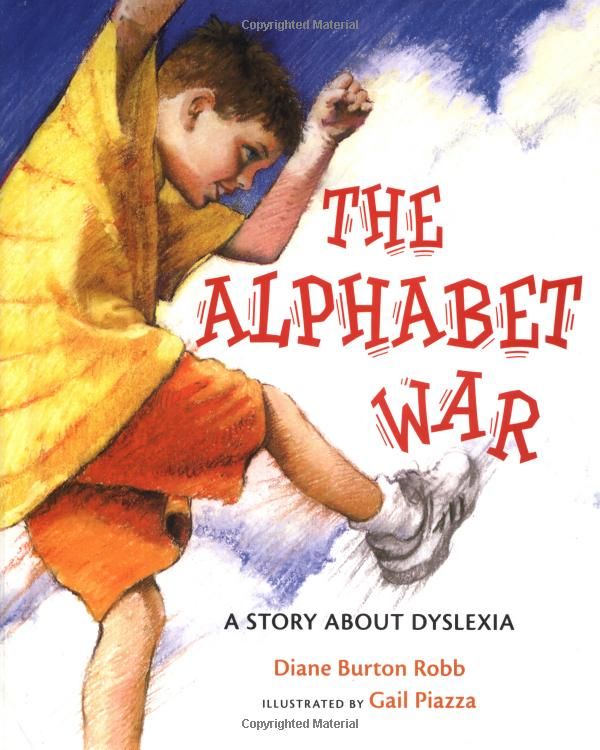
How do people with reading and writing disorders become famous writers, actors and directors? Logically, this is hard to believe. But in fact, this is because dyslexics are very good at making up for their lack in life. They are more diligent and purposeful than ordinary people, because they want to prove to themselves and the world that they are no worse than others. And as we said, because their brain works differently.
Yes, of course, we understand that this is not easy for you. After all, the child falls behind in school, is subjected to ridicule by classmates and pressure from teachers. His self-esteem drops and he withdraws more and more into himself.
Therefore, the sooner you start acting, the easier it will be for your child in the future.
Symptoms and causes of reading and writing disorders in children
Of course, it is quite difficult to detect dyslexia in a small child.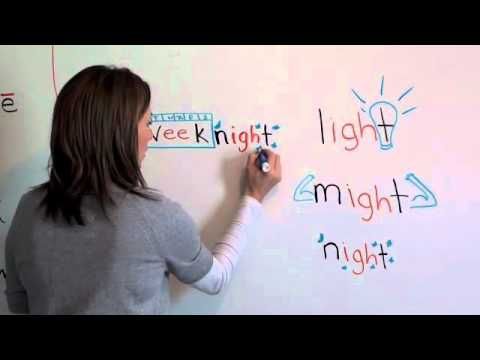 Violations appear when the child begins to prepare for school or already goes to the first grade.
Violations appear when the child begins to prepare for school or already goes to the first grade.
Here are the main symptoms of dyslexia:
- the child cannot recognize letters that he already seems to have learned;
- swaps letters in words while reading;
- jumps from line to line;
- guesses more than reads;
- writes mirror;
- does not understand where is left and where is right;
- does not learn the rules and makes many mistakes in words;
- makes mistakes even when cheating;
- is in the clouds in the classroom and does not understand what the teacher is talking about.
But at the same time, the manifestation of one or two signs does not mean that others will necessarily appear. Everything is individual here. But even if one of the symptoms appears, you should not relax either.
CAUSES OF DYSLEXIA:
You are probably asking yourself: “Why did this happen to us? What could have led to these violations? Let's try to answer your questions.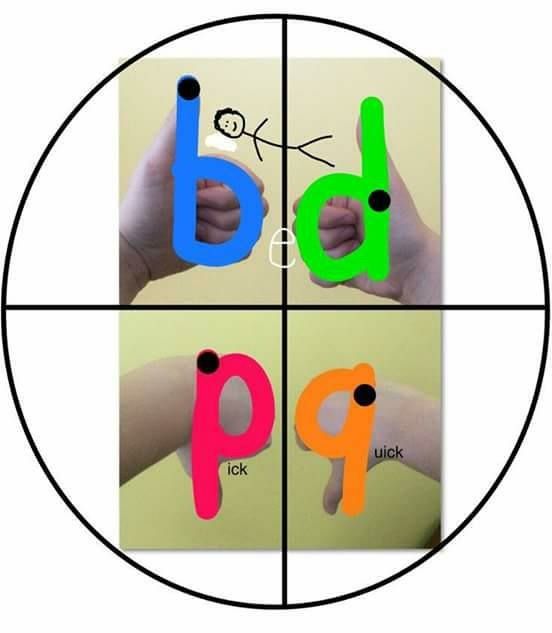 But you will have to strain and remember the past.
But you will have to strain and remember the past.
1. Heredity
You may not know this. But if at least someone in your family or spouse's family suffered from dyslexia, then this can be inherited even after several generations.
2. Problems during pregnancy and childbirth
There are a variety of options: infection during pregnancy, placental abruption, anemia, post-term pregnancy, cord entanglement during childbirth, etc. As a rule, the consequences of these problems appear later time.
3. Smoking, use of alcohol or drugs before or during pregnancy
Everyone knows that it is desirable to plan a pregnancy. And everyone knows that at least six months before conception, you need to give up all bad habits and undergo a complete medical examination. But does everyone do it? Of course not! Everyone has their own reasons for that. But in any case, children pay for the mistakes of their parents.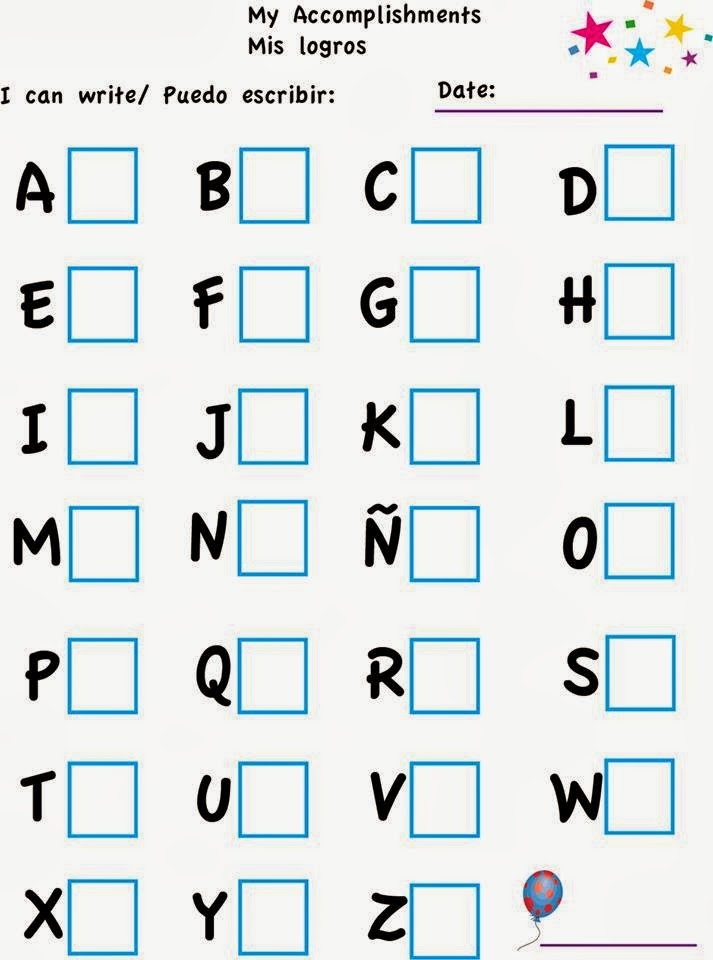
4. Problems and diseases in a child in the first years of life
There are also different causes: concussion, traumatic brain injury, infectious diseases (rubella, scarlet fever, chicken pox, whooping cough, poliomyelitis, measles) and neuroinfections (encephalitis, shingles, meningitis, botulism, neurosyphilis).
Of course, finding the cause of dyslexia in a child will not fix the situation, but at least you will stop being tormented by the question “Why?”. Now let's move on to practice.
Types of dyslexia in primary school children and corrective exercises
Dyslexia - dyslexia is different. Therefore, we will separately go through each of its forms and give specific recommendations.
1. OPTICAL DYSLEXIA
Occurs due to a violation of the formation of a spatial-visual representation of the shapes, size and color of objects. A child with optical dyslexia cannot draw a letter from a model or from memory, does not recognize it, and cannot add missing elements to it if necessary. It is very difficult for such children to master reading and writing, so a special approach is needed when learning.
It is very difficult for such children to master reading and writing, so a special approach is needed when learning.
Corrective exercises
- Learn the letter
Here we work on spatial-visual perception.
Place the child with his back to you and draw a letter on his back with your finger. So repeat the pattern until he guesses the letter.
This exercise is good for developing imagination through sensations. When you draw letters on a child's back, images appear in the brain that it attaches to a particular letter, thereby remembering it better.
- Transformer letters
Do not do a lot at once - 3-4 pieces will suffice. Ask the child to look carefully and try to remember the shapes and arrangement of the matches in letters. Then ask him to close his eyes and remove the match from one letter.
Then ask him to close his eyes and remove the match from one letter.
The child's task is to find the damaged letter and complete the missing element.
Exercise trains memory and improves letter recognition.
2. PHONEMATIC DYSLEXIA
A child with phonemic dyslexia spells words, confuses sounds, rearranges letters and syllables in words. Yes, this is exactly the case when reading is not only the most useless activity for a child, but also unbearable torture.
Corrective exercises
- Cross out the letters
The exercise is suitable for children who already know the alphabet.
So, take an old unnecessary magazine or book and ask the child to cross out all the letters "T" in one paragraph in 5-10 minutes. And next time, ask him to cross out all the letters "T" already on the entire page.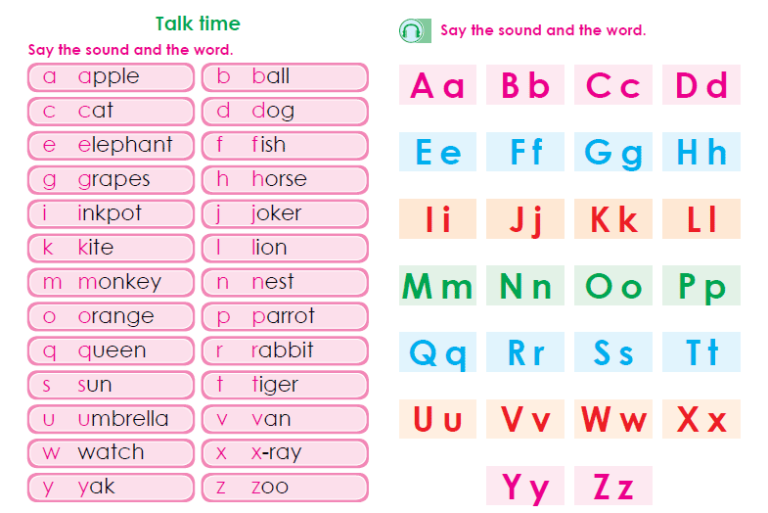 Then gradually ask to cross out not one, but two letters in a paragraph, and so, as the speed of the child increases, add more and more letters.
Then gradually ask to cross out not one, but two letters in a paragraph, and so, as the speed of the child increases, add more and more letters.
This exercise will help your child concentrate better on letters and make fewer reading mistakes.
- Count the sounds
Here you just read the word to the child and ask him to count the sounds in each word.
This exercise will allow the child to learn to identify sounds by ear and not confuse them in words.
3. MNESTIC DYSLEXIA
Or, in simple terms, semantic dyslexia, manifests itself in the difficulty of mastering all the letters and the inability to distinguish them. The child has a speech memory disorder, and he cannot connect the sound and the visual image of the letter.
Correction of this type of dyslexia requires exercises that develop interhemispheric symmetry, auditory-verbal and visual memory.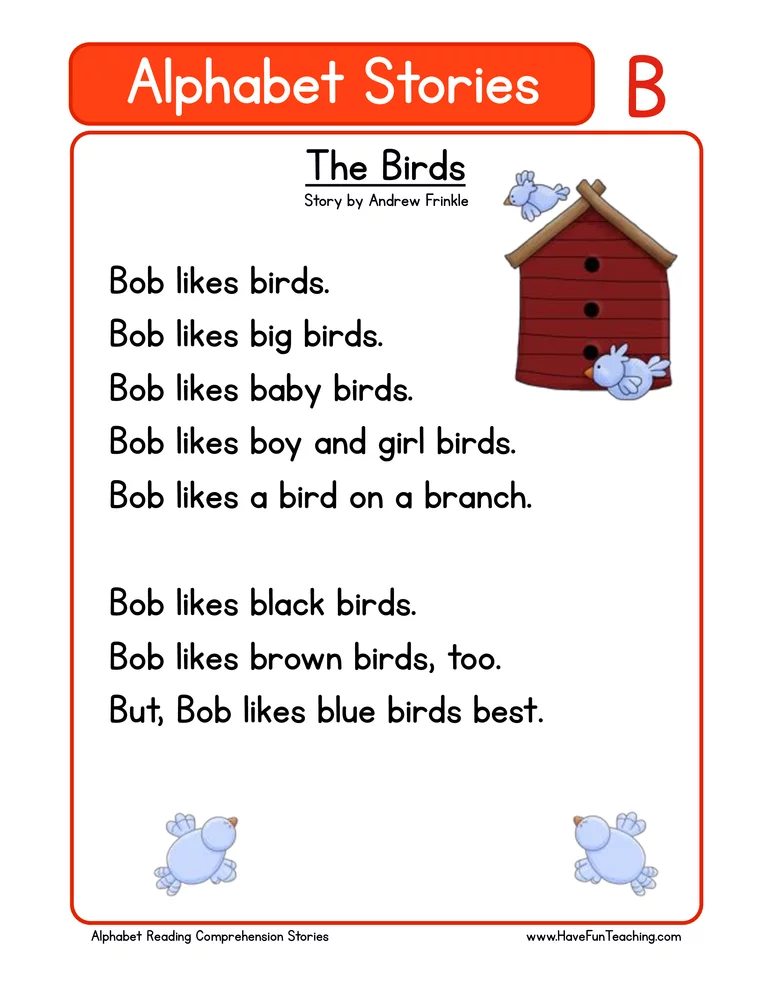
Corrective exercises
- Find the extra syllable So that there are several syllables in front of the child: “PI”, “MI”, “ZI”, “VI”. And one of the cards should be with a different vowel, for example, "BA".
Then ask the child to find the extra syllable and explain why it is extra.
- Add the desired syllable
Now think of a word that ends with one of these syllables. For example, "bor-BA" and read it without naming the last syllable. The child must find the desired syllable among the cards and add it to the word.
Thanks to these exercises, visual and auditory memory is trained.
4. AGRAMMATIC DYSLEXIA
A child with agrammatic dyslexia has a pronounced speech impairment. This is manifested in the incorrect naming of the number, gender and cases: “he went”, “grandmother had”, “they say”, etc.
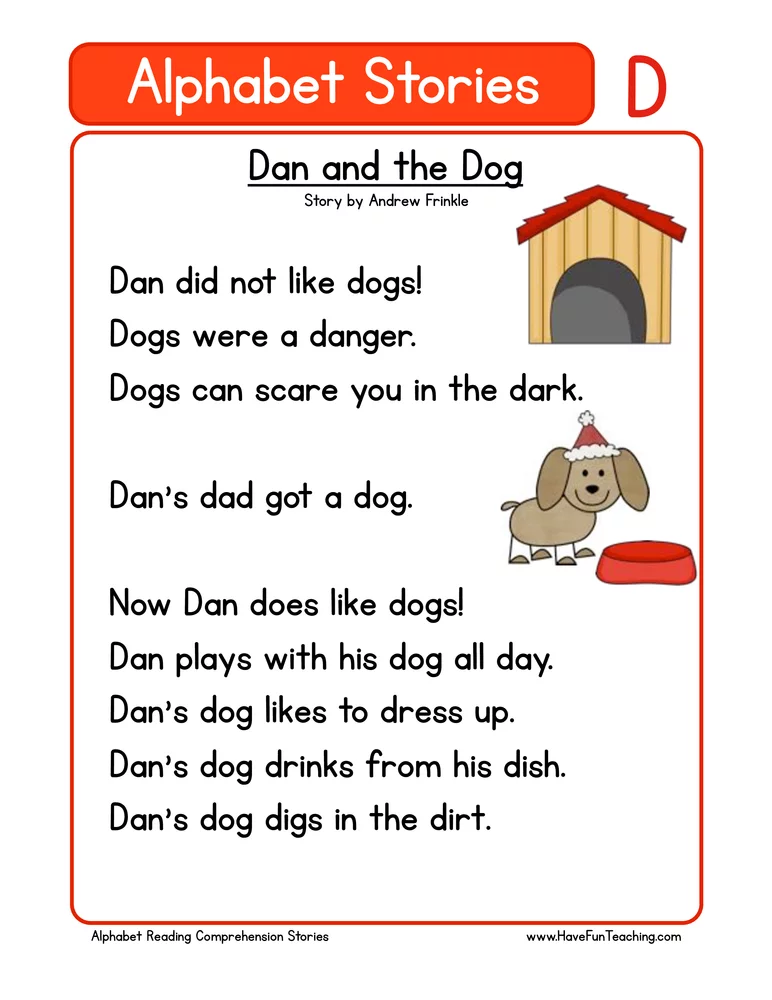
Corrective exercises
- Say the missing word
The meaning here is that you are reading fairy tales or poems already familiar to the child and intentionally skipping words.
For example:
Kind Doctor….
He is under …. is sitting.
Come to him for treatment
Both a cow and ......
The child should try to name the missing words correctly. The exercise works on automatic memorization of cases, declensions, numbers.
5. SEMANTIC DYSLEXIA
Or, in simple words, I look into a book and see a fig. This is a form of dyslexia in which the child reads absolutely normally, but does not understand the meaning of what they read. That is, his mechanical reading does not turn into conscious.
Corrective exercises
- Explain the meaning
Then ask what he understood.
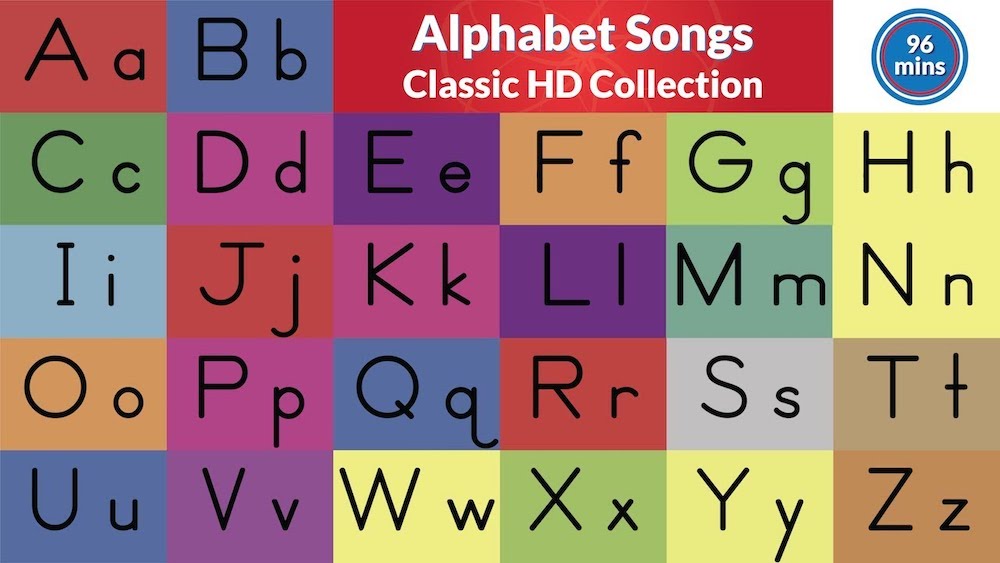 If nothing, then read again yourself and ask again, at the same time explaining to him incomprehensible points.
If nothing, then read again yourself and ask again, at the same time explaining to him incomprehensible points. For analysis, it is better to choose more complex sentences so that the child can present a more detailed picture.
- Reading anagram texts
For example: “Eahl Gerka through rkeu. Vdiit Gerka in rkeu rak.
According to the results of research by scientists from an English university, we do not read the letter, but the whole word. The main thing is that the first and last letters in the words are in their places.
Such texts can be searched on the Internet and printed out for classes.
Practice has shown that such simple exercises can help a child move from mechanical to conscious reading in 2-3 weeks.
General advice for parents of children with dyslexia
Most importantly, dear parents, be patient and treat your child with understanding.
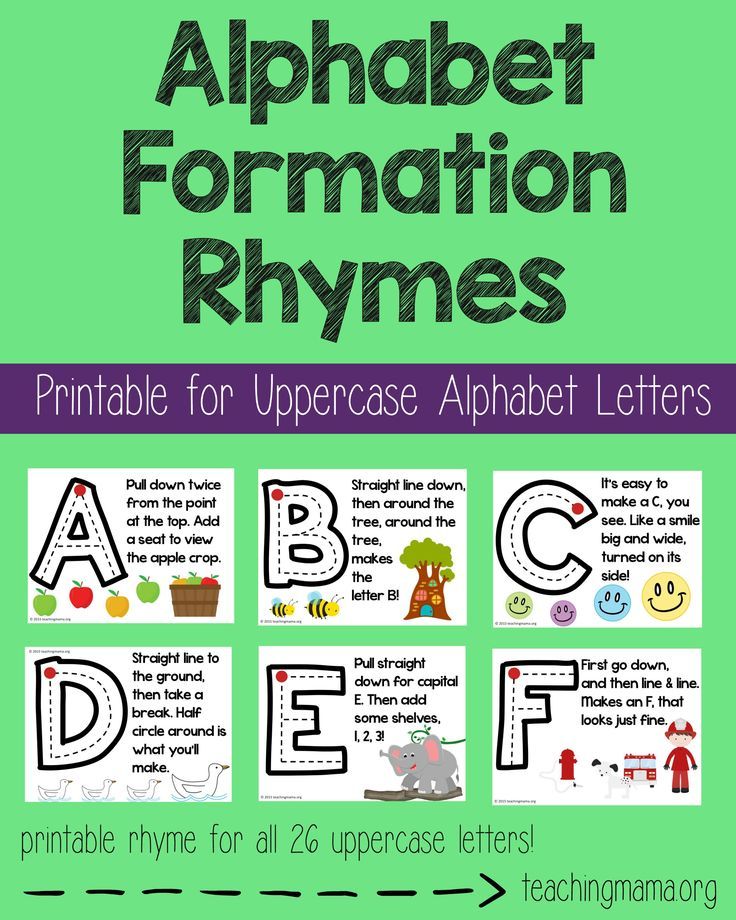 Do not scold, do not reproach and do not press. He needs to feel that you are on his side.
Do not scold, do not reproach and do not press. He needs to feel that you are on his side. Accept the situation as a fact and take action. In addition to self-study at home, be sure to take your child to a psychologist, psychotherapist and speech therapist. Doctors will conduct special tests to determine the form and severity of dyslexia.
And if you do not have such an opportunity or you have no time to study with your child on your own, try reading lessons in our online school. 90% of success in the fight against dyslexia and in education depends on teachers.
A special method, an exciting class format and experienced patient teachers will help your child learn to read correctly, quickly and consciously. Your child will love reading with all his heart and will keep up with his peers.
Why does our method work? Because while working with different children around the world, we not only learned to look at the world through their eyes, but also learned to think like them.

Learn more


